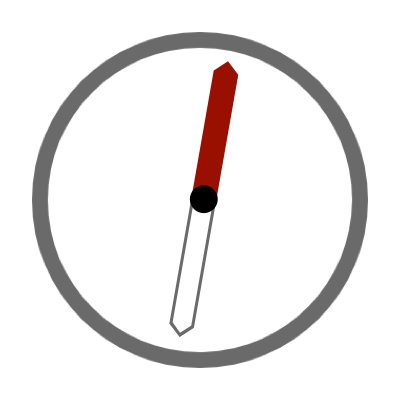Written by Nigel Williams
A Scottish DofE provider running a DofE Bronze practice expedition package (and subsequent qualifying expedition) for a large secondary school has been combining the DofE and NNAS Bronze awards.
Whilst there is no longer a requirement at Bronze DofE for a practice expedition the school deemed it worthwhile and easier to manage than other methods of preparing pupils for the qualifying expedition. The methodology is to run the two days training essentially as an NNAS Bronze course interspersed with cooker, campcraft, emergency procedure skills etc. and to include an overnight wild camp, but without full day walks with a rucsac.
After kit checks at the school, groups were dropped off at two venues, both of which were on an orienteering map, the local club agreed to sell them at little cost. Every young person had their own copy and also an A4 sheet of OS mapping in a good quality map case so they could later make an extended journey beyond the orienteering map to an overnight camp.
The morning was spent introducing the map, map setting, the cone cards, pacing/timing, a map walk on the orienteering map, interspersed with making a hot drink on the cookers, erecting and dismantling a tent, emergency procedures etc. After lunch the groups set off for a few hours with their full rusacs, navigating a route on the orienteering map and then onto the OS maps for around 5km to the overnight camp. The following morning, after leaving the camp standing, more navigation was taught and practiced around an 8km loop with just a day sac between 2, using the OS 1:25,000 map. Following lunch and dismantling the camp, with full rucsacs they navigated with remote supervision a route to the pick-up point with considerable confidence.
A number of the staff had recently completed the NNAS Tutor course (some reluctantly) and this was their first time using the exercises and an orienteering map for teaching. All commented and were impressed with how the children engaged with the navigation and quickly gained confidence. It was also commented on how, once the heavy sacs were on their backs, their interest in learning navigation dipped significantly.
A month later at the qualifying expedition, every child had their own OS 1:25,000 map in a map case. It was noticeable that most had the map close to hand if not in their hand most of the day and contributed to the navigation decisions. Usually this gets left to one keen individual and the rest just kick back and follow. This was quite a revelation that they felt confident enough with a map to engage with the navigation and decision making.
Reviewing the expedition with the children, as usual, carrying the rucsac was the worst element of the journey which rather indicates the negative impact it can have when first learning to navigate. They also said they felt quite confident about the navigation and that was just part of the journey and not something to be too stressed about.
Speaking with other staff, they had similar experiences, and had not seen that level of engagement with navigation in a DofE Bronze group before. Secondly, a couple of staff had just assessed a DofE Gold group from the school and, whilst appreciating that Covid had impacted their training in the past couple of years, they appeared to be less confident and able with basic navigating skills than the Bronze children.
Whilst there is some administration to running the NNAS Bronze, staff used the NNAS tick box sheets to record the NNAS Bronze as well as being able to complete the DofE qualifying training. The children all gained a NNAS Bronze certificate with SCQF credits (which are transferable across all the UK Credit and Qualification frameworks) and had a successful and enjoyable qualifying expedition. The carrot of gaining the NNAS award may have also contributed to what felt like greater engagement in the navigation skills.
Supervising staff became less stressed about whether their group would take the correct turning and many of the children seemed keen to gain further skills and go onto the DofE Silver expedition. This was evidenced by 20 more children wanting to do Silver in 2023 than did it in 2022.
Using appropriate mapping and venues for beginners, along with the NNAS teaching ideas to build navigational confidence and taking the focus off the distance to be covered with a heavy rucsac, appears to be a successful approach. From a personal perspective, and many years of DofE work, it felt different with more engagement from the pupils.




